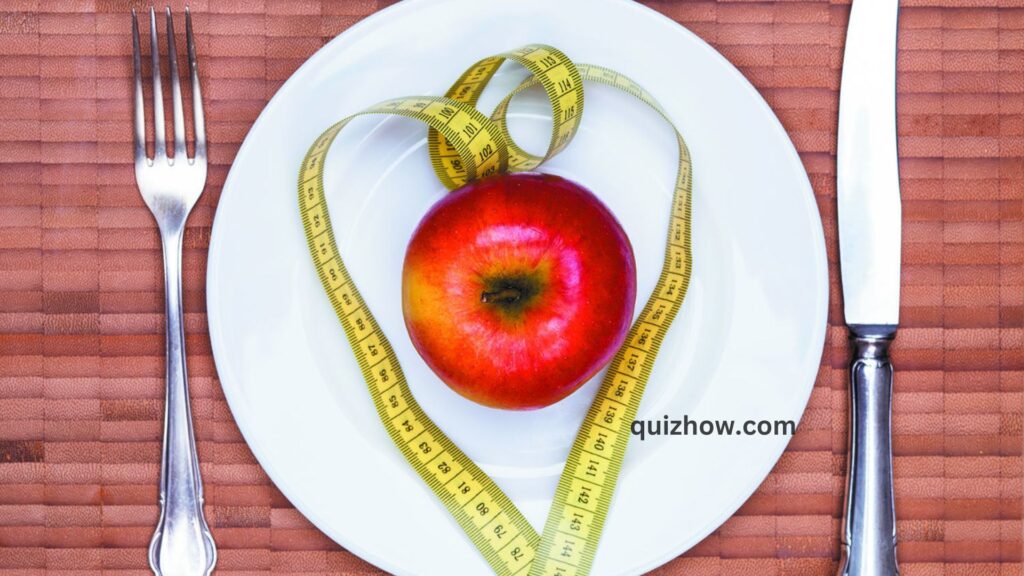Intermittent fasting has become really popular as a health trend recently. Many people are trying it to lose weight, improve their health, or just simplify their eating habits. However, it might be confusing to know where to begin given the abundance of available information. This guide is here to help you understand intermittent fasting and give you everything you need to make it work for you.
Whether your goal is to lose weight, get more energy, or boost mental clarity, intermittent fasting is a flexible, simple way to rethink your relationship with food. Ready to jump in? Let’s dive into what intermittent fasting is, how it works, and how you can add it to your daily routine.
What is Intermittent Fasting?

Intermittent fasting (IF) isn’t a diet; it’s a pattern where you alternate between eating and fasting. It doesn’t tell you what to eat but focuses on when to eat. This makes it easier to fit different lifestyles and dietary choices. The main idea is to give your body a break from digesting all day, letting it focus on things like burning fat and cellular repair.
How Does It Work?
After you eat, your body spends hours processing that food. During this time, insulin levels rise to help move sugar (glucose) from your blood into your cells for storage or energy. But when you fast, insulin levels drop, and your body starts using stored fat for fuel. The longer you fast, the more your body taps into these fat reserves, which helps with weight loss. Fasting also offers other health benefits, like improved cell repair, reduced inflammation, and better brain function.
Popular Intermittent Fasting Methods for Beginners
Here are some common methods, so you can pick one that fits your life best:

- 16/8 Method (Leangains Protocol)
Follow a 16-hour fast, followed by an 8-hour interval for eating. If you have dinner by 8 p.m., for instance, you wouldn’t eat anything else until midday the next day. Many find this easy since they already fast while sleeping. - 5:2 Diet
Eat normally five days a week, then limit calories to about 500–600 on the other two days. Choose any two days that work best for you, and make sure they’re not consecutive. - Eat-Stop-Eat
One or two times a week, fast for a full day. For instance, you would fast until 7 p.m. on Tuesday if you finish dinner at 7 p.m. on Monday. This method can be more challenging but is effective for kickstarting fat burning. - Alternate-Day Fasting
Fast every other day. On fasting days, you may only consume water, coffee, or non-caloric drinks. Some variations allow around 500 calories. This is tough for beginners but can lead to quick weight loss. - Warrior Diet
Fast for about 20 hours, eating a small amount of fruits and veggies during the day, then a big meal in a 4-hour window. This appeals to people who prefer one big meal daily.

Health Benefits of Intermittent Fasting
Intermittent fasting has many health benefits. Here are a few:
- Weight Loss and Fat Loss
Fasting can help you eat fewer calories while boosting fat burning, especially around the belly area. - Better Insulin Sensitivity
Fasting helps lower blood sugar and improve how your body uses insulin, reducing the risk of type 2 diabetes. - Improved Brain Function
Fasting increases brain-derived neurotrophic factor (BDNF), a protein that helps grow new brain cells. It also reduces inflammation and oxidative stress, which can improve brain health. - Cellular Repair and Longevity
Fasting triggers autophagy, which removes damaged cells and creates new ones. This process is linked to slower aging and reduced risk of diseases like cancer and Alzheimer’s. - Reduced Inflammation
Fasting has been shown to lower inflammation, which is connected to many health issues, like heart disease and cancer.
How to Get Started with Intermittent Fasting: A Step-by-Step Guide
Starting intermittent fasting doesn’t have to be hard. Here’s how to ease into it:

- Pick Your Fasting Method
Choose one of the methods above that fits your lifestyle. The 16/8 method is great for beginners, but feel free to try others. - Start Small
If a 16-hour fast feels too long, start with 12 hours and build up from there. This helps your body get used to fasting. - Stay Hydrated
Drink water, herbal teas, black coffee, or other calorie-free drinks during fasting. Staying hydrated keeps you feeling full and helps your body function well. - Eat Nutritious Foods
Break your fast with whole foods like lean proteins, healthy fats, veggies, and whole grains. Sugary snacks and processed foods should be avoided because they can lead to energy slumps. - Listen to Your Body
Intermittent fasting isn’t one-size-fits-all. If you feel lightheaded or fatigued, consider adjusting your fasting hours or method. Your health always comes first.
Intermittent fasting can be a powerful tool for improving health, but it’s about finding what works best for you. Enjoy the trip and take everything one step at a time!

Discover more from QuizHow
Subscribe to get the latest posts sent to your email.

